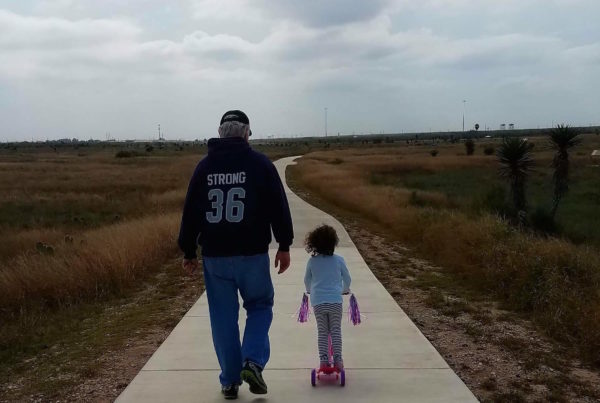The Standard’s news roundup gives you a quick hit of interesting, sometimes irreverent, and breaking news stories from all over the state.
The Denton City Council Tuesday night voted six-to-one to update the city’s energy plan to become 100 percent renewable by 2020.
That means Denton is going to try to meet all of its electric needs with wind and solar power. It’s the second city in Texas to make this commitment, after Georgetown, and the 58th in the nation.
Cyrus Reed is the conservation director of the Lone Star Chapter of the Sierra Club, an environmental advocacy group. He says other Texas cities, including San Antonio and Austin, are also looking at relying more on renewable resources. Reed explains that San Antonio currently aims for renewables to make up 20 percent of their energy sources and “they’re now going through a planning process as part of San Antonio’s climate action plan and so we fully expect that they – in the next few years – will make larger investments in renewable energy.”
Reed adds that the impact of these efforts to rely on renewables will continue to grow as cities across the state adopt similar measures.
“So, the potential is really that our grid is becoming cleaner and cleaner,” he says, “meaning the resources that we rely on like wind and solar don’t produce carbon dioxide emissions, they don’t produce nitrogen oxide emissions that lead to smog in our cities.”
Reed says another benefit of relying on wind and solar is that they use a lot less water than traditional fossil fuels like coal and gas.
The U.S. Department of Veterans Affairs announced “an aggressive new approach” last week to improve its lowest-performing medical facilities across the country. Three out of 15 of those VA facilities are in Texas – in Harlingen, El Paso, and Big Spring. The new approach will include improvement targets specific to every medical center, and accountability for management.
Before this plan hits the ground, West Texas facilities are working to boost their services.
Sally Beauvais with Marfa Public Radio has the details.
VA medical centers are graded on a five-point system designed to assess different measures of quality and performance. It’s called the Strategic Analytics for Improvement and Learning Value Model, or SAIL. The test considers factors like death rate, complications, patient satisfaction, and overall efficiency. Kalautie JangDhari is the director of the West Texas Veterans Affair System, headquartered in Big Spring. The system covers 33 counties and serves 20,000 veterans in the area. For the last two consecutive years, it’s earned the lowest score on the SAIL test – a one.
“We cover 55,000 square miles, and a lot of that is throughout rural West Texas,” JangDhari says. “There’s a lot of things that come between us and healthcare delivery systems.”
JangDhari says there’s a lack of specialty care accessible to veterans living in isolated parts of the region. And her rural facilities have a staff retention problem, which can mean sometimes the phones go unanswered. Or worse, patients see a different provider every time they come in. To remedy that, she says they’re ramping up their tele-health services, which allow patients to connect with specialists from anywhere in the country using computers and monitoring technology.
“So they don’t have to come in every time and re-visit their history with a new provider,” JangDhari says. “I think you’re going to see some improvements there for us.”
According to JangDhari, the West Texas facilities actually perform well with measures related to the quality of healthcare they do provide. But patient satisfaction is one of the biggest criteria of the SAIL assessment.
VA will begin quarterly reviews of low-performing facilities in Texas and across the country as soon as possible.














